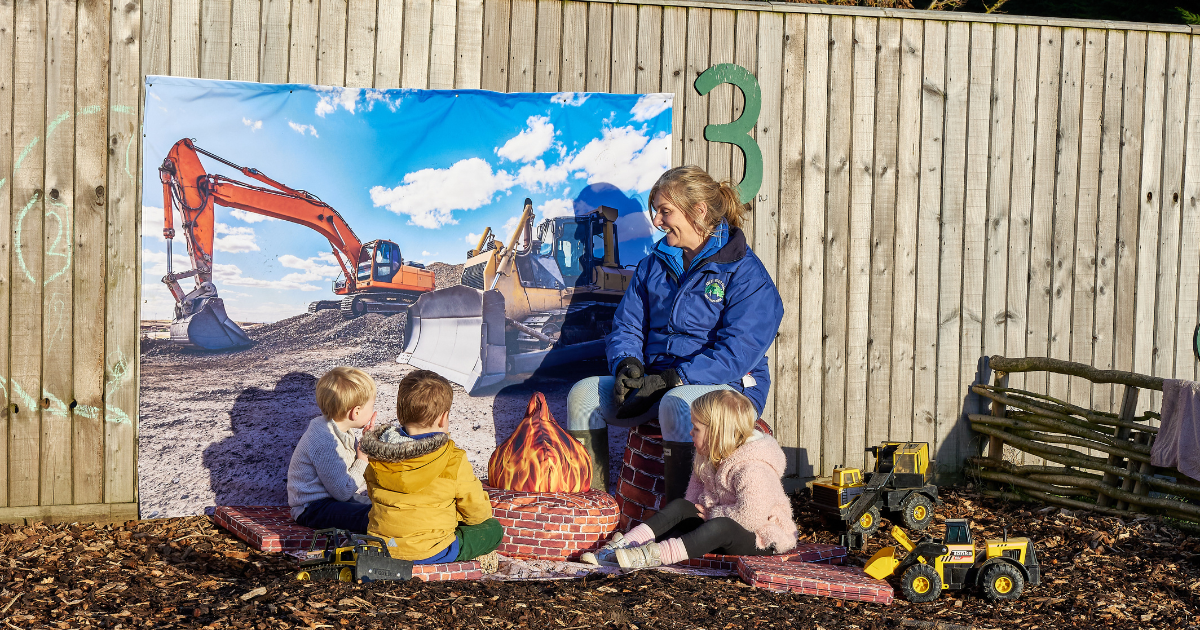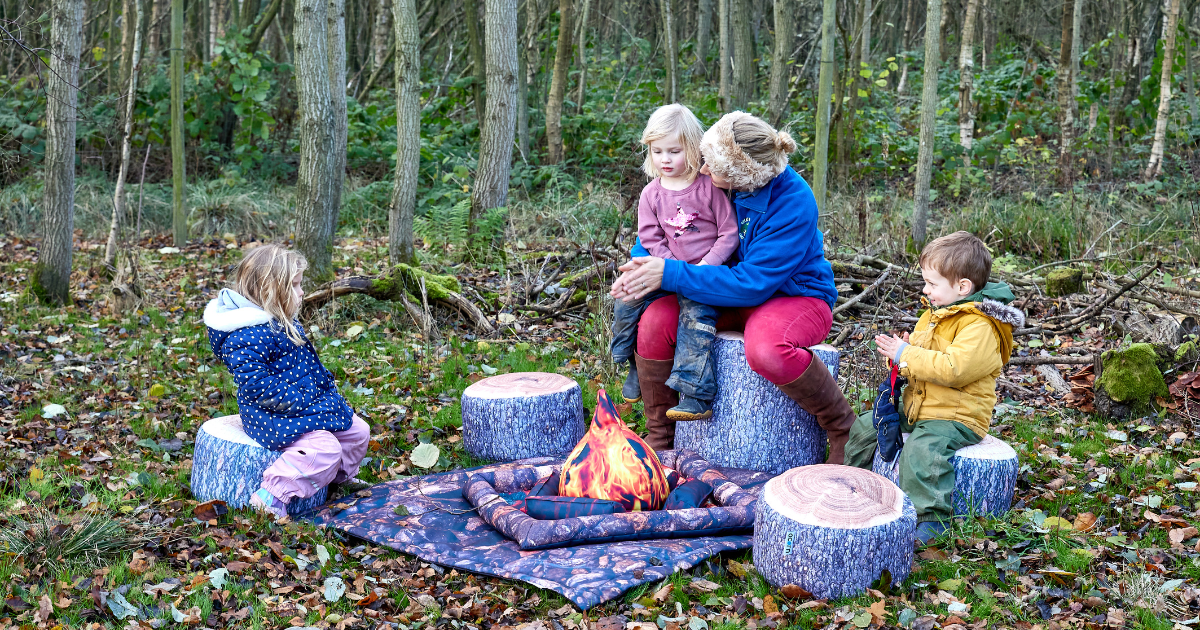Forest Schools, Teacher Lifestyle
The Benefits of Outdoor Classrooms: Why Every School Should Have One
As school furniture experts, we’ve seen firsthand how traditional classroom environments can sometimes stifle creativity and engagement. Outdoor classrooms are becoming increasingly popular as teachers and parents recognise their numerous benefits.
When we think of classrooms, we often picture rows of desks and whiteboards. But what if there was a way to take learning outside and connect with the natural world? That’s where outdoor classrooms come in.
In this post, we’re sharing the benefits of outdoor classrooms and that goes beyond just providing a change of scenery.

Outdoor Classrooms Improve Health and Well-being
In recent years, children’s health and well-being have become a growing concern. Modern lifestyles and screen time have been linked to a range of physical and mental health issues.
Traditional classroom environments can often be restrictive, with limited opportunities for movement due to classroom space. Outdoor classrooms provide a space for physical activity where children can run, climb, and jump without restriction. This allows them to move freely and explore in ways that aren’t possible in a traditional indoor classroom.
Research suggests that being in nature can benefit physical and mental health. Outdoor classrooms offer an exceptional chance for kids to learn and have fun in a natural environment. Being in nature can reduce stress and increase happiness. Exposure to natural light can also regulate sleep patterns, which can positively impact children’s mental health.
Outdoor classrooms can improve children’s physical health by encouraging them to be more active. Studies have shown that children participating in outdoor learning activities have better motor skills, coordination, and balance. Evidence also suggests that outdoor classroom learning can benefit children with additional needs.
Outdoor Lessons Enhance Learning Experience
It’s well-known that outdoor classrooms provide a unique learning experience that can’t be replicated indoors. Connecting with nature and engaging in hands-on activities can help young people develop an appreciation for the natural world. They can also gain new skills that will benefit them for life.

For example, outdoor classrooms can be used for nature walks, where children can learn about local plants and wildlife. Gardening is a great activity for an outdoor classroom. It can provide children with a chance to learn about plant biology, agriculture and sustainability.
One of the main benefits of outdoor classrooms is that they provide a unique learning experience that cannot be replicated indoors. Traditional classroom environments can sometimes feel restrictive, but outdoor classrooms offer a space for children to explore and engage with nature. This can have a positive impact on their overall learning experience.
Studies have also shown that outdoor learning can enhance academic performance. A study published in 2022 found that outdoor programs have the potential to positively impact the well-being of children. The findings demonstrate the need for more outdoor education programs in primary schools. Such programs can lead to multiple outcomes, like improved intellectual, social, physical, and psychological health.
Overall, outdoor classrooms provide a unique learning experience that can enhance children’s academic performance and overall learning experience.
Environmental Awareness
By engaging with the environment, children can learn about the importance of protecting the environment for future generations. Outdoor lessons contribute to environmental awareness and can lead to a greater understanding of and appreciation for the environment. Children can learn about ecosystems, climate change, and the impact of human activity on the environment without leaving the school grounds.

Schools can use outdoor classrooms to teach environmental awareness in a practical way. For example, children can learn about composting and how to reduce their lunchtime waste like banana peels. They can also learn about the benefits of using renewable energy through outdoor activities that involve solar panels or wind turbines.
Outdoor classrooms can also be sustainable by using renewable resources and reducing waste. Schools can install rain barrels to collect water for watering plants, and they can use composting to reduce food waste. These sustainable practices not only benefit the environment but also teach children about the importance of sustainability.
Learning outdoors gives children the opportunity to connect with nature and learn about the environment in a hands-on way. By providing a space for children to learn about environmental issues, outdoor classrooms can help to shape responsible individuals.
Outdoor Classroom Activities
Outdoor classroom activities provide a unique opportunity for children to engage with the natural world and learn practically. In this section, we’re listing some of the most popular and effective outdoor classroom activities:
- Nature Scavenger Hunt: Create a list of items for students to find outdoors, such as different types of leaves or rocks.
- Outdoor Art: Encourage students to create art using natural materials like leaves, flowers, or sticks. Creating the perfect combination of playing and learning.
- Gardening: Have students plant and care for a small garden, learning about plant biology, agriculture, and sustainability.
- Nature Journaling: Give each student a notebook to record their observations and reflections on nature.
- Outdoor Reading: Set up a cosy reading area outside where students can read books related to nature and the environment.
- Outdoor Science Experiments: Conduct science experiments that are best done outside, such as measuring wind speed or collecting water samples.
- Nature Walks: Take students on a guided walk through a local park or nature reserve to learn about local flowers.
- Outdoor Games: Encourage games that are best suited to outdoor spaces, such as hide and seek or tag.

Outdoor classrooms offer numerous benefits that can enhance children’s learning experience and improve their health and well-being. They provide a unique opportunity to teach children about nature and the environment in a practical and sustainable way. And they can be cost-effective and sustainable.
Every school should have an outdoor classroom. You should talk to your school administration about implementing an outdoor classroom at your school.
If you’re interested in outdoor furniture for your new classroom, you can find the perfect units in our printed soft seating section.
